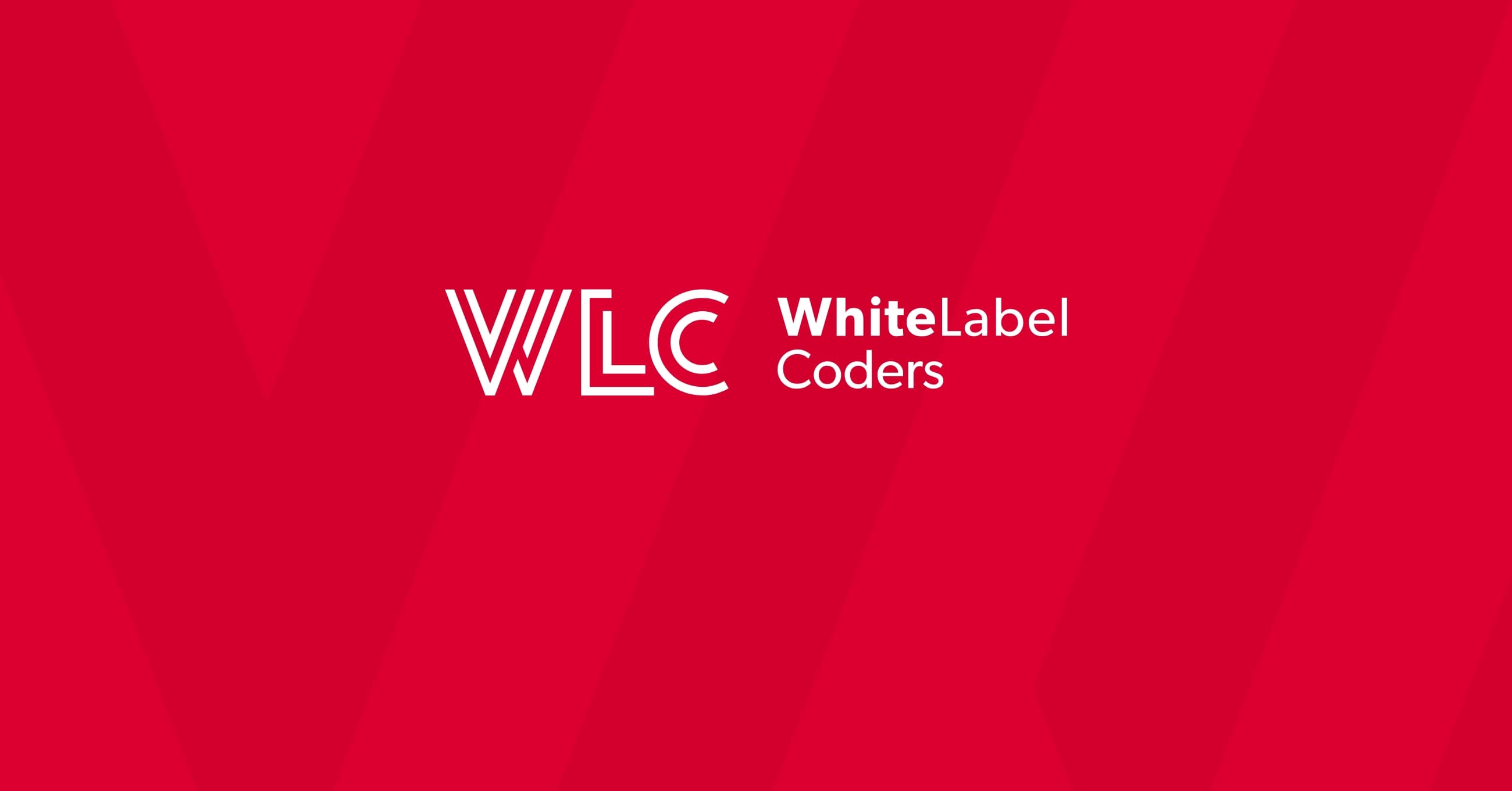Category: SEO AI
What is the difference between a WordPress theme and a plugin?

The main difference between a WordPress theme and a plugin lies in their purpose: themes control your website’s appearance and layout, whilst plugins add functionality and features. Think of themes as your site’s visual clothing and plugins as the tools that make it work better. Themes handle colours, fonts, and design elements, whereas plugins manage everything from contact forms to e-commerce capabilities.
Understanding WordPress themes and plugins fundamentals
WordPress themes and plugins form the backbone of any successful WordPress website, working together to create both visual appeal and powerful functionality. Understanding their distinct roles is crucial for anyone building a custom WordPress website.
A WordPress theme serves as your website’s visual foundation, controlling every aspect of how your content appears to visitors. It determines your site’s layout, typography, colour schemes, and overall design aesthetic. Meanwhile, a WordPress plugin acts as a software add-on that extends your website’s capabilities beyond WordPress’s core features.
These two components work in harmony but serve completely different purposes. Themes focus on presentation, whilst plugins concentrate on functionality. This separation allows for incredible flexibility in WordPress development, enabling you to change your site’s appearance without affecting its features, or add new capabilities without altering its design.
What is a WordPress theme and how does it work?
A WordPress theme is a collection of files that work together to create your website’s visual design and layout structure. It’s essentially a template system that tells WordPress how to display your content, from blog posts to pages and everything in between.
Themes consist of various PHP template files, CSS stylesheets, JavaScript files, and sometimes additional assets like images or fonts. The main template files include index.php, header.php, footer.php, and sidebar.php, each controlling different sections of your website’s layout.
When someone visits your WordPress site, the active theme processes your content through these template files, applying the designated styling and structure. This means you can completely transform your website’s appearance by simply switching themes, without losing any of your actual content.
Modern themes often include customisation options through the WordPress Customiser, allowing you to adjust colours, fonts, layouts, and other design elements without touching any code. Some themes also support page builders, providing even more flexibility for creating unique layouts.
What is a WordPress plugin and what does it do?
A WordPress plugin is a piece of software that extends WordPress’s core functionality by adding new features or modifying existing ones. Plugins allow you to transform a basic WordPress installation into virtually any type of website you can imagine.
Plugins work by hooking into WordPress’s built-in system of actions and filters, allowing them to modify how WordPress behaves without changing the core code. This means you can add complex functionality like e-commerce stores, membership systems, or advanced SEO tools without any programming knowledge.
The beauty of plugins lies in their modular nature. You can install only the features you need, keeping your website lean and efficient. Popular plugin categories include:
- Security plugins that protect against malware and attacks
- SEO plugins that optimise your content for search engines
- Contact form plugins that handle visitor enquiries
- E-commerce plugins that enable online selling
- Backup plugins that protect your website data
For businesses requiring unique functionality, WordPress custom development services can create bespoke plugins tailored to specific requirements.
How do themes and plugins interact with each other?
Themes and plugins work independently but can interact in various ways to create a cohesive website experience. Understanding their relationship helps prevent conflicts and ensures optimal performance.
Generally, plugins operate independently of themes, meaning you can switch themes without losing plugin functionality. However, some interactions do occur. For instance, plugins might add styling that needs to work with your theme’s CSS, or themes might include specific support for popular plugins.
Compatibility issues can arise when themes and plugins conflict over styling, JavaScript libraries, or WordPress hooks. Well-coded themes and plugins follow WordPress standards to minimise these conflicts, but problems can still occur.
Some themes include built-in plugin functionality, which can be convenient but creates dependency issues. If you switch themes, you might lose features that were built into your previous theme rather than provided by separate plugins.
Can you change themes without losing plugin functionality?
Yes, you can typically change WordPress themes without losing plugin functionality, as plugins operate independently of your theme. However, there are important considerations to keep in mind during theme transitions.
Your plugin data and settings remain intact when switching themes because this information is stored in your WordPress database, not in theme files. Contact forms will continue working, SEO settings persist, and e-commerce functionality remains operational.
However, you might notice visual changes in how plugin elements appear. Different themes have varying CSS styles, so plugin-generated content like forms, buttons, or widgets might look different with your new theme.
Some potential issues to watch for include:
- Widget areas might change, requiring you to reassign widgets
- Custom post types might display differently
- Plugin styling might clash with your new theme’s design
- Theme-specific plugin integrations might no longer work
Always test your website thoroughly after changing themes and consider creating a backup before making the switch.
Which should you install first – themes or plugins?
For new WordPress websites, it’s generally recommended to install your theme before adding plugins, as this approach provides a clearer foundation for your website’s development and helps identify any compatibility issues early.
Starting with your theme allows you to understand your website’s visual framework and identify which plugin features might already be included. Many modern themes come with built-in functionality that could eliminate the need for certain plugins.
Here’s a logical installation sequence:
- Install and activate your chosen theme
- Configure basic theme settings and customisation options
- Install essential plugins like security and backup solutions
- Add functionality-specific plugins based on your requirements
- Test everything together to ensure compatibility
This approach helps prevent situations where you install plugins that duplicate theme functionality or create conflicts. It also allows you to make informed decisions about which additional features you actually need.
Key takeaways for WordPress theme and plugin selection
Choosing the right combination of themes and plugins is crucial for creating a successful WordPress website that meets your specific needs whilst maintaining optimal performance and security.
When selecting themes, prioritise responsive design, clean code, and regular updates. Look for themes that follow WordPress coding standards and offer good documentation and support. Avoid themes packed with unnecessary features that might slow down your website.
For plugins, focus on quality over quantity. Choose well-maintained plugins with good reviews, regular updates, and active support. Always verify plugin compatibility with your WordPress version and theme before installation.
Consider your long-term needs when making selections. Will your chosen theme and plugins scale with your business growth? Are they likely to receive ongoing support and updates? These factors become increasingly important as your website evolves.
Remember that WordPress custom development can provide tailored solutions when standard themes and plugins don’t meet your specific requirements. Professional development ensures your website performs optimally whilst delivering exactly the functionality and appearance your business needs.

